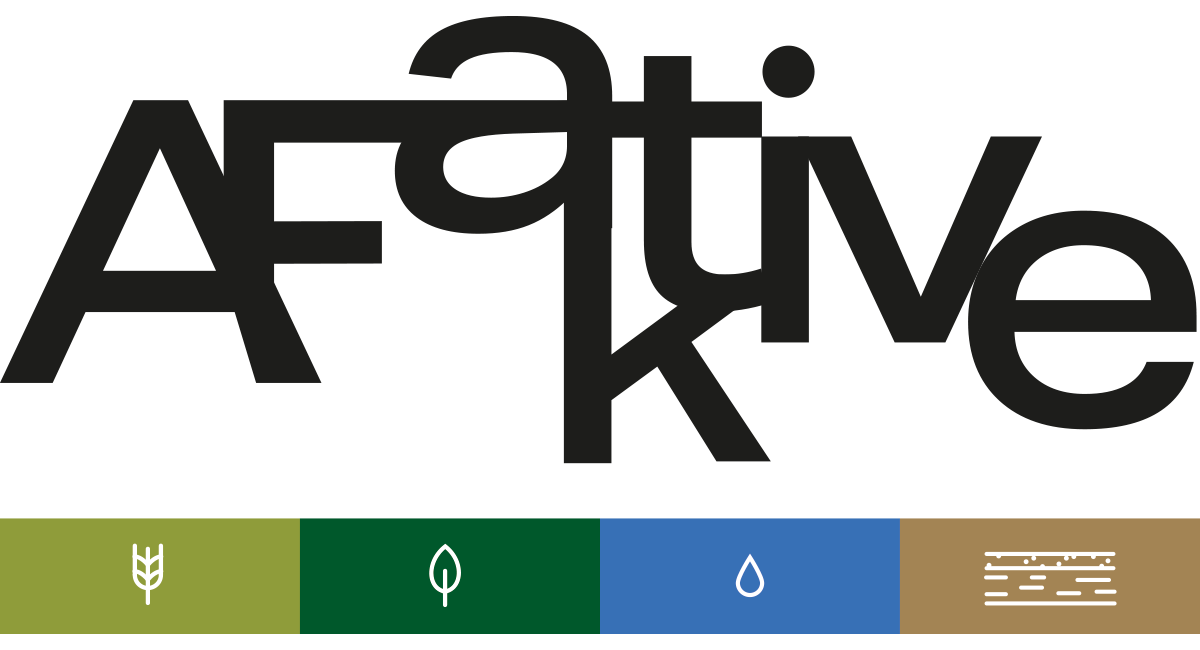With 14,000 members, the German Association for Water, Wastewater and Waste (Deutsche Vereinigung für Wasserwirtschaft, Abwasser und Abfall e. V., DWA) is the largest association in this field in Europe. In addition to developing standards for engineering planning, the DWA promotes professional exchange between authorities, engineering firms, municipalities and the scientific community. An important pillar of this work is the member magazine ‘Korrespondenz Wasser’ (KW).
In order to further disseminate the scientific and practical approaches of the sibling projects AFaktive and AGROfloW, the October issue of KW features a technical article that highlights the potential of agroforestry systems for water management using various examples. You can read the full article here (only in German):
At the same time, the DWA has recently launched its own working group on ‘Water retention in catchment areas used for agriculture’, in which the partners from HTW Saar and IfaS are also involved. The working group aims to incorporate the results of both projects into a planning guide.
Article abstract
The impacts of climate change demand a paradigm shift in the way we manage landscape water resources: from rapid drainage of chiefly surface run-off to a significant increase in water retention within watercourse catchment areas. As agriculture accounts for roughly 50.3% of Germany’s land area, it is a key partner in shaping future landscape water management. The central aim of the necessary cooperation is to integrate water retention measures into agricultural practices. With careful planning, planting trees on farmland can help to slow run-off and improve water infiltration. Regional land use approaches systematically combine multiple functions in one area: primary agricultural production, climate action, conserving biodiversity and—the main focus of this article—improving water retention in the area. The AFaktive and AGROfloW projects are working to develop, trial and disseminate this approach.
